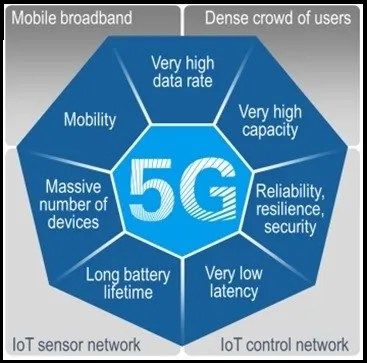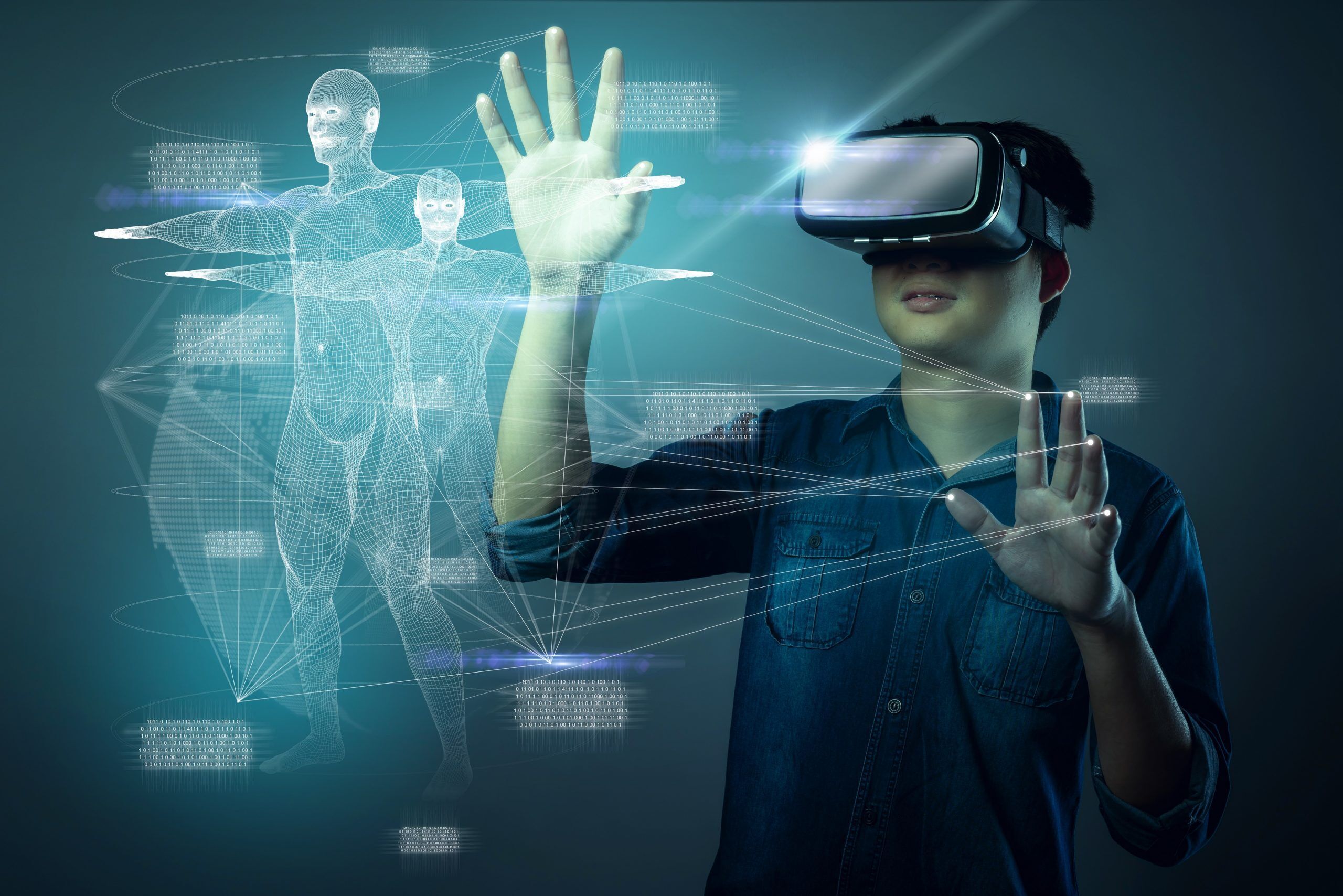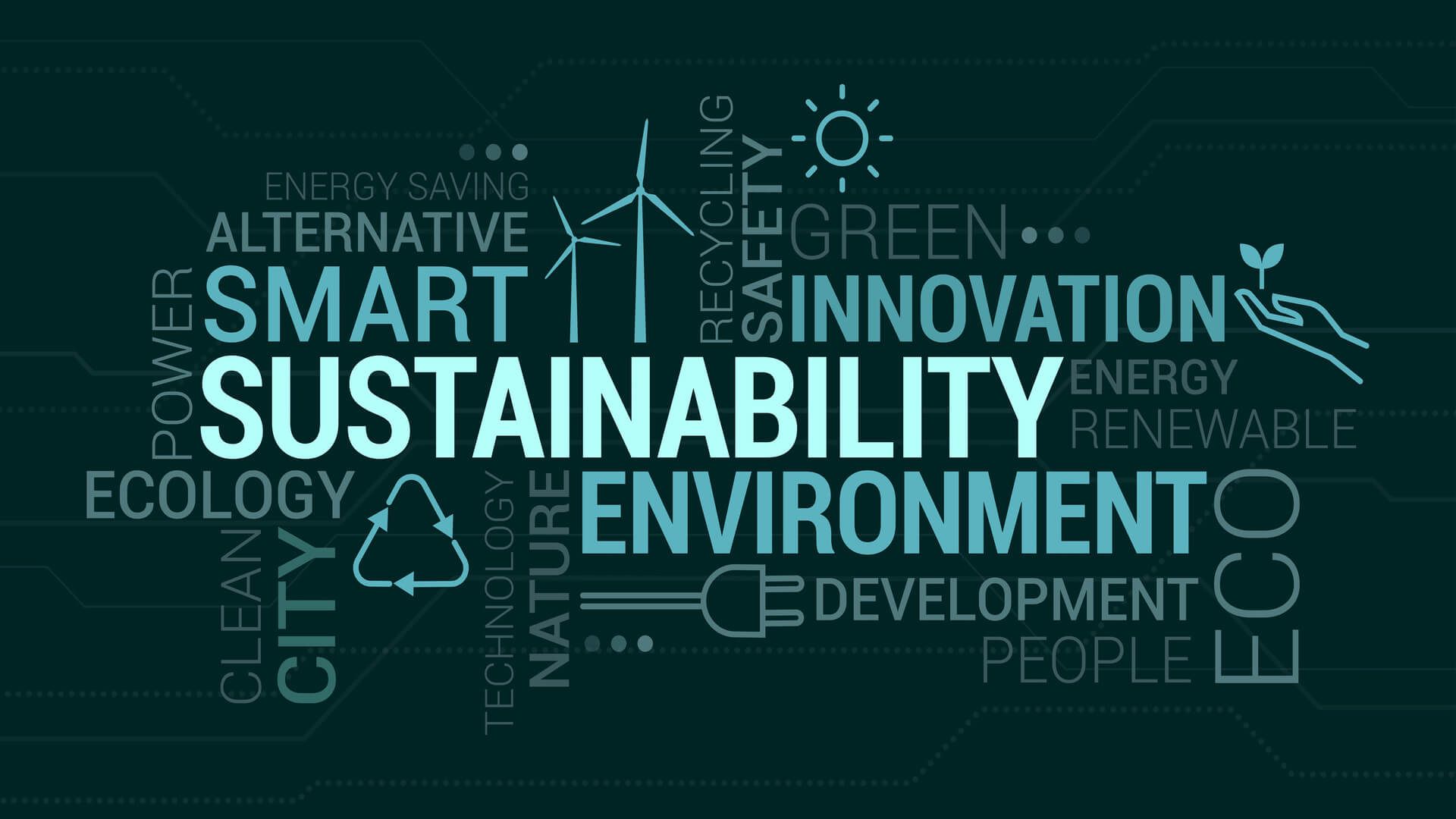
5G and Mobile Connectivity: What’s the Hype About?
- 0
With the rapid advancement of technology, the world eagerly awaits the arrival of the fifth generation of wireless technology – 5G. Touted as the next big leap in mobile connectivity, 5G promises incredible speed, low latency, and network reliability never seen before. In this article, we will delve into the finer details of 5G and explore the reasons and excitement behind all the hype.
What is 5G?
5G stands for the fifth generation of wireless technology, succeeding the current 4G/LTE networks. This new generation brings significant improvements in terms of speed, capacity, and latency. With speeds reaching up to 100 times faster than 4G, 5G opens up a world of possibilities for various industries, including healthcare, autonomous vehicles, smart cities, and much more.
Unleashing Lightning-Fast Speeds
One of the most anticipated features of 5G is its superior speed. With download speeds potentially exceeding 10 Gbps, streaming 4K content, playing online games, and downloading large files will become a breeze. This fast-paced connectivity ensures seamless user experiences, enabling ultra-high-definition video quality and reducing buffering time to almost zero.
Reducing Latency
Latency refers to the time it takes for data to travel between devices over a network. 5G significantly reduces latency, providing near real-time responsiveness, making it a game-changer for applications that require quick interactions. For instance, in the healthcare industry, surgeons could perform remote surgeries with haptic feedback, minimizing delays and saving lives.
Enhancing Capacity and Connectivity
Traditional cellular networks often face congestion issues, resulting in slower speeds and dropped connections during peak usage. 5G aims to overcome these problems by offering a larger capacity, allowing more devices to connect simultaneously. This improved connectivity is particularly beneficial for crowded places like stadiums, airports, and city centers, where thousands of devices compete for network resources.
The Internet of Things (IoT) and 5G
As our world embraces interconnected devices, 5G becomes an essential catalyst for the growth of the Internet of Things (IoT). The IoT refers to a network of physical objects, vehicles, appliances, and other devices that utilize sensors, software, and connectivity to exchange data. 5G’s high capacity and low latency pave the way for a more interconnected world, enabling various smart applications such as autonomous transportation, smart homes, and advanced industrial automation systems.
Challenges and Deployment
While the potential benefits of 5G are vast, its deployment comes with its own set of challenges. The massive infrastructure upgrades required to support 5G, including the need for a dense network of small cells and increased fiber optic connectivity, pose significant logistical and financial obstacles. Additionally, concerns regarding network security and potential health effects from increased exposure to radiation need to be addressed and mitigated.
Conclusion
5G technology brings unprecedented speed, low latency, and enhanced connectivity to our mobile networks. With its ability to revolutionize numerous industries, from healthcare to smart cities, the hype surrounding 5G is well-deserved. As technology continues to evolve, the seamless integration of 5G into our lives remains a promising future, where connectivity knows no bounds.

